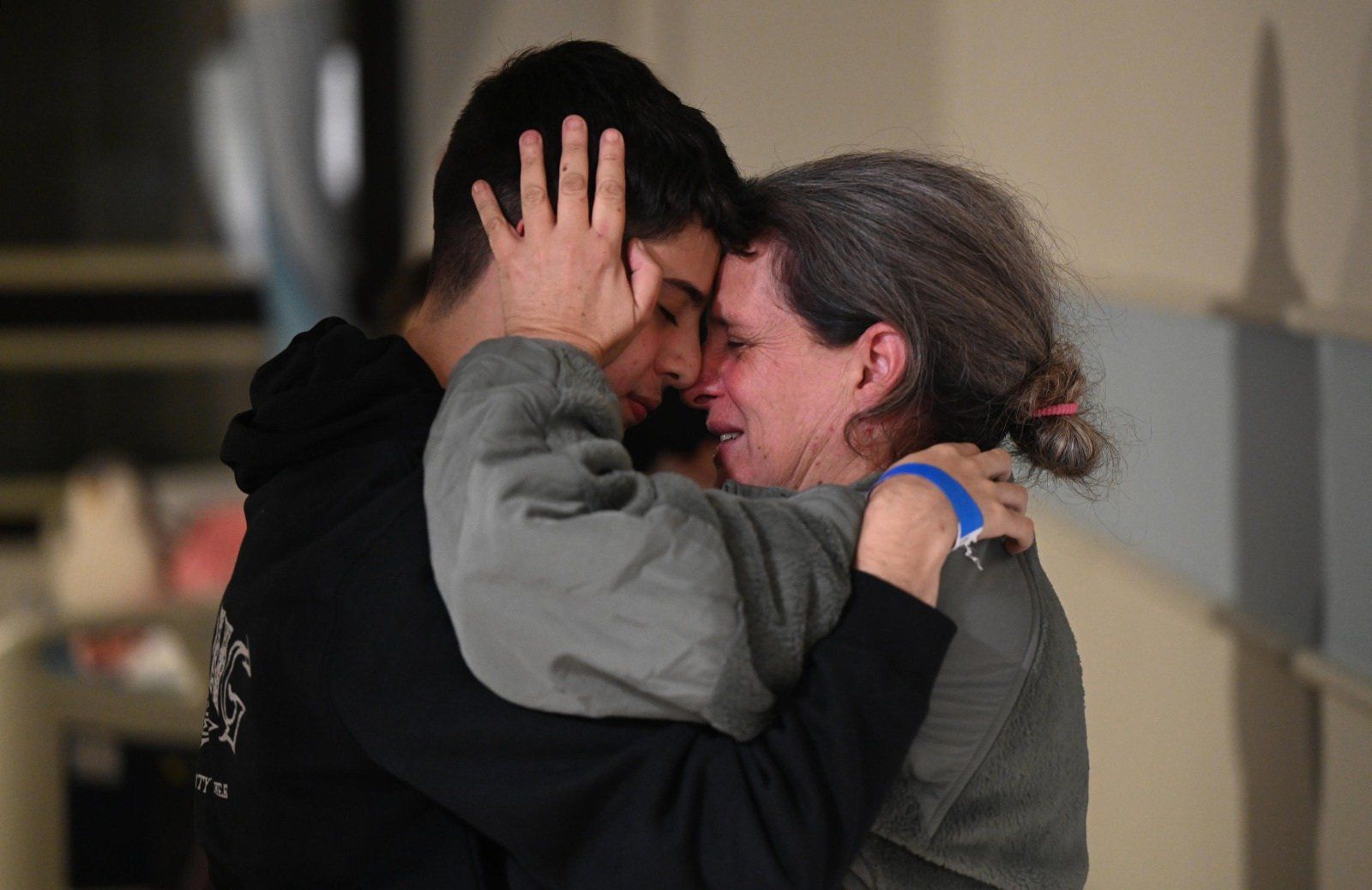Since Friday, 58 hostages have been released by Hamas in exchange for 117 Palestinian prisoners released by Israel. On Sunday, Hamas freed the latest group of 17 hostages, including 13 Israelis, three Thai nationals, and one American girl, Abigail Mor Edan, who turned four while in captivity. In turn, Israel released 39 male prisoners, all of whom were minors. The exchange was delayed by several hours due to allegations by Hamas that Israel made “several violations of the agreement,” including not delivering enough aid to northern Gaza and not releasing Palestinian prisoners in a specific order.
While photos of emotional family reunions have been heartwarming, a big question remains: What will happen after the four-day truce expires Tuesday morning?
Over the weekend, Israeli Prime Minister Benjamin Netanyahu told US President Joe Biden that Israel would resume its campaign in Gaza “with full force” once the truce ceases. But he also said the pause would continue if Hamas freed 10 additional hostages each day as originally agreed.
For its part, Hamas has said it will seek to extend the deal by releasing more hostages. There remain an estimated 40 women and children who were not part of the first set of exchanges, though some are being held by other groups, including Palestinian Islamic Jihad.
White House National Security Advisor Jake Sullivan said the US was “working with all sides on the possibility that this deal gets extended to additional hostages beyond the initial 50.”
Most analysts don’t believe the truce will hold very long. “I can’t see [it] lasting more than a week,” said Miri Eisin, head of the International Institute for Counter-Terrorism. “The IDF wants to dismantle Hamas’ terror capability and military capability, and the only way to do that is through a systematic and careful ground operation.”
